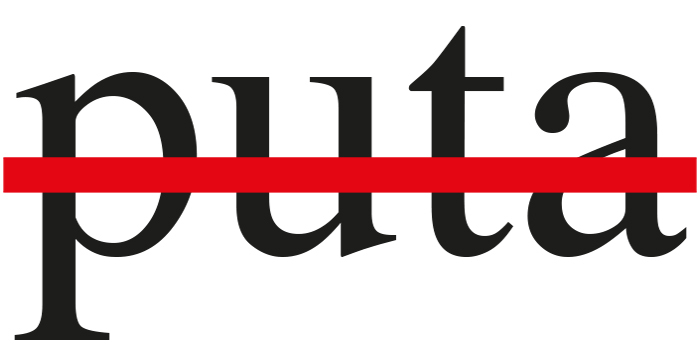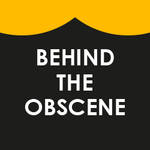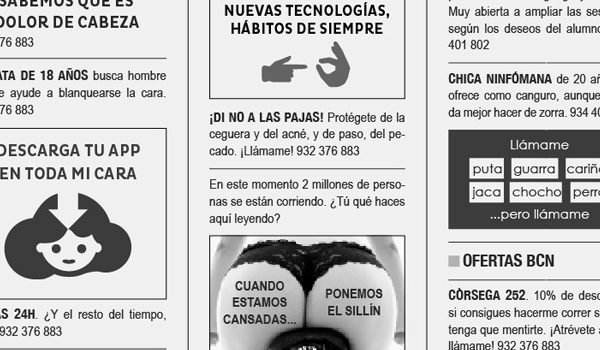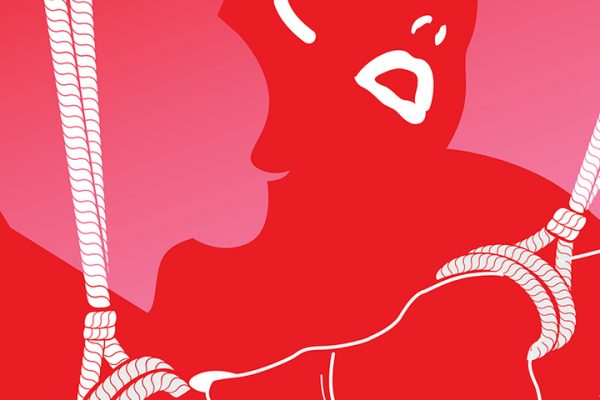I wanted to thank the mayor of Madrid for having taken out the resource guide for journalists so that they know how to approach the issue of prostitution. We have found it particularly useful to put it under the leg of a table that was limping and the truth is that the table does not move anymore. Ay Manuela, how could we have done it without you?
80 pages of manual, yes sir, and there is not a single drawing! At the beginning it may seem infumable, but at the second you have confirmation that it indeed is. Despite being infumable, if you print it and set it on fire, it burns perfectly.
What we can find in the manual?
First the mayor addresses the journalists telling them they have to be good, more human and socially responsible, if they want the wise men to bring them political scandals, polemics, wars, attacks and a cloth to clean the computer screen. After the speech takes a gender approach: prostitutes are such because they are victims of the sexual exploitation of men. Therefore the manual ends up focusing only and exclusively on the figure of the woman, that is to say, there are only women whores and they are always victims of exploitation.
However, gays and transvestites will think that they are only victims of bad musical taste, because of them Manuela does not say anything.
Did you know that prostitutes who decide to prostitute themselves deliberately do not exist?
Well, I did not know it until I read Manuela’s manual, I do not understand why they have not called The Manuala. Apparently the independent prostitutes are mythological creatures, unicorns roll, so they have not taken them into consideration at the time of writing the manual. By logic, this means that all the girls who provide their services in the Apricots premises and who are free and independent, do not exist.
And why have they put it this way?
Because one of the objectives proposed in this manual is to “dismantle (in journalism) the dissociation between Good and bad prostitution “. According to reports, the media focuses on “voluntary” prostitution in a normalized manner and away from the treatment of prostitution that is considered “forced” informatively and visually. If the media uses this narrative dichotomy, they legitimize prostitution in some way and dissociate it from trafficking and, no, El Manuala does not want this to happen. I have already explained that the plot is based on putting everything in the same bag, prostitution and trafficking/exploitation.
Manuala reaches its creative apex when it presents the language guidelines to follow: prostitutes do not have to call them bitches, but “women in a situation of prostitution” or “victims of sexual exploitation”. If the journalist goes in a hurry and can not waste time saying that name so long, I understand that you can say whore. Another guideline to highlight are the terms for the client: “lifelong prostitute” or “whores”. The term “client” should not be used. Finally, expressions such as “sex market” or “payment sex” have to be substituted with “brothel market” or “sexual exploitation”.
I would love it if some day I decided to take out the manual of the new terms for the other works. What I know, the carpenter will become “man in a carpentry situation”, the hairdresser “woman in a hairdressing situation”, the gardener “man in a gardening situation” and the politician “person in situation of receiving an envelope” … It would be a handbook so useful that it could solve the problem of another table leg that limps.
Prostitution is not synonymous with trafficking, we have almost tired of saying it. Is it really good to change the language and “educate” journalists? Are we in Orwell’s 1984? Would not it be much simpler to legislate once and for all, instead of leaving prostitution in a limbo where all men are exploiters and all women victims? But, above all, did Manuela have nothing better to do? As far as I know there are many activities in Madrid, why not sign up for a Zumba course?





